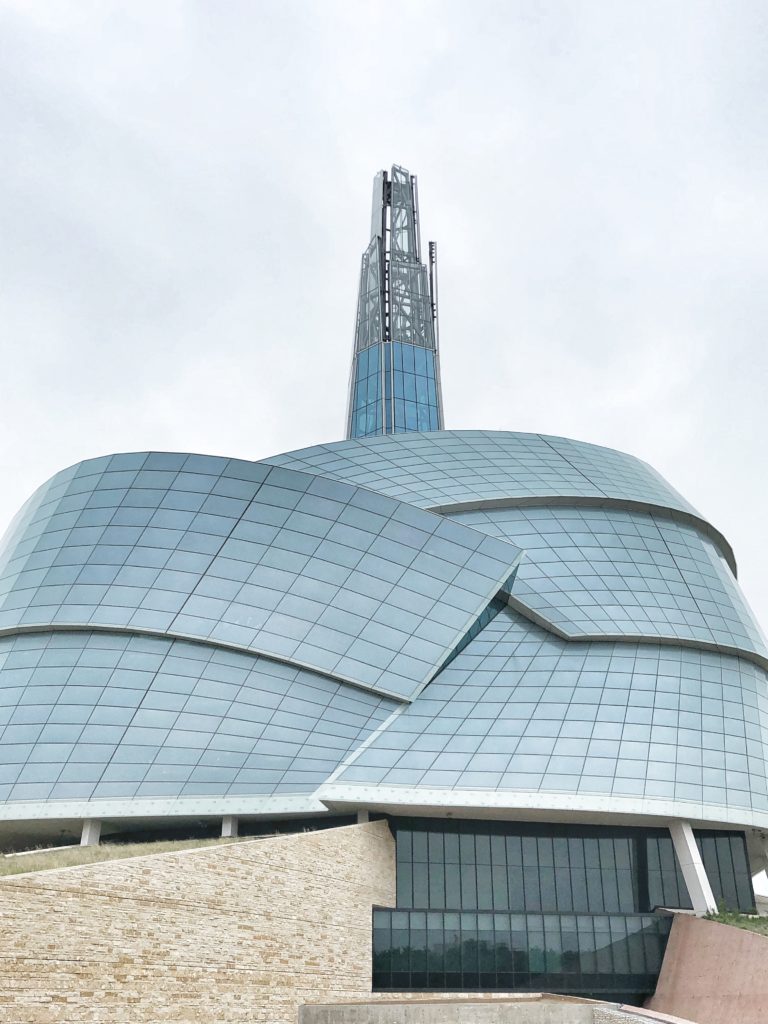Canadian Museum for Human Rights
This article is Canadian Museum for Human Rights. It is a highlight of my experience touring the human rights museum in Winnipeg.

The tour was part of my Winnipeg Spring Experience.
Background
The Canadian Museum for Human Rights (CMHR) is the world’s only museum dedicated to human rights education and awareness.
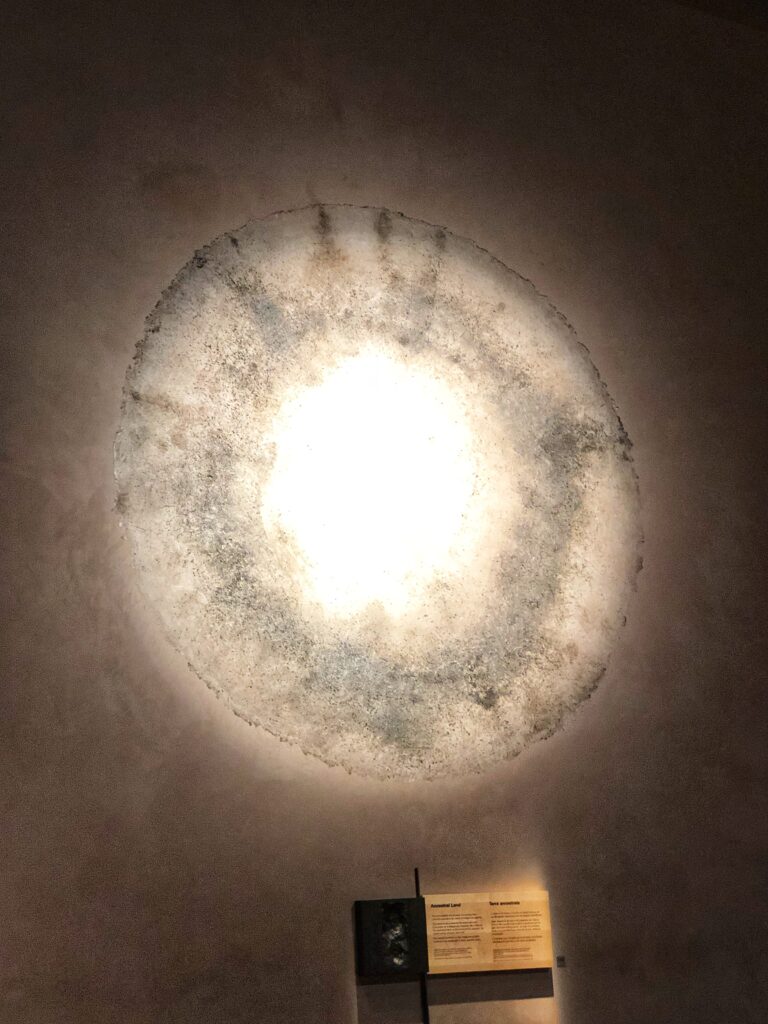
Every visitor experience is a combination of interactions with the Museum’s symbolic architecture and its well-researched content.
The museum uses the latest technology as well as the oldest form of storytelling as well as the use of art to weave together an experience to each of the guests.
The museum uses all these items to weave together a rich tapestry that relays the importance of human rights for all.
Tourism Winnipeg and Travel Manitoba setup a private tour of the museum as part of the Winnipeg Media Trip. While the experience was provided complimentary, the views expressed in this article are my own.
Canadian Museum for Human Rights
The Canadian Museum for Human Rights started in the lobby in a hall with a video screen showing welcome in 37 different languages.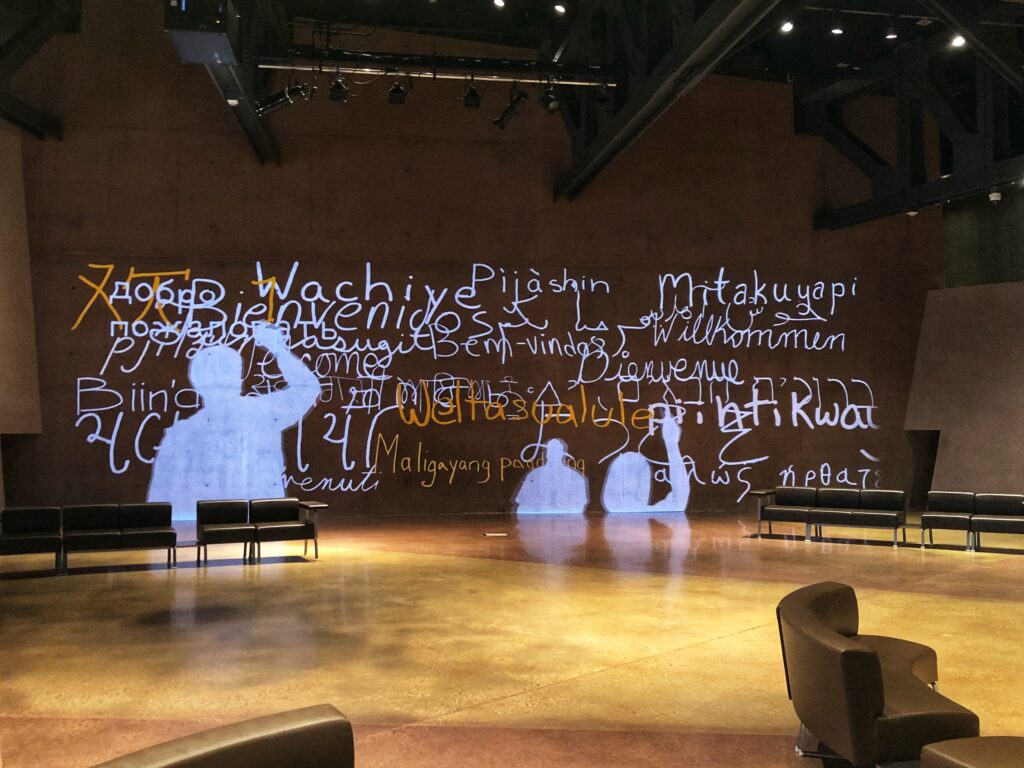
The video showed various people writing the welcome and it was a nice touch.
The tour guide provided an orientation to the museum and he discussed how the building was assembled.
The museum was built on native land and they followed procedures for having roots in the building as well as nature incorporated in it.
The tour starts on the lower level which has no windows and then progresses upwards to rooms that have windows to symbolize moving forward for human rights.
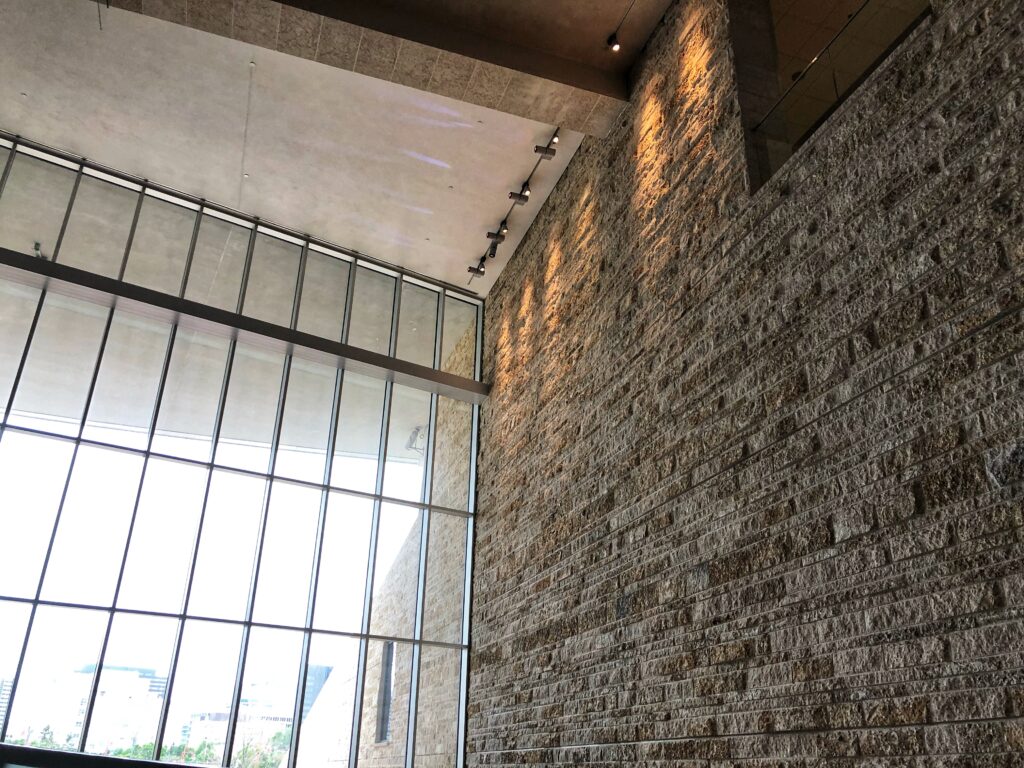
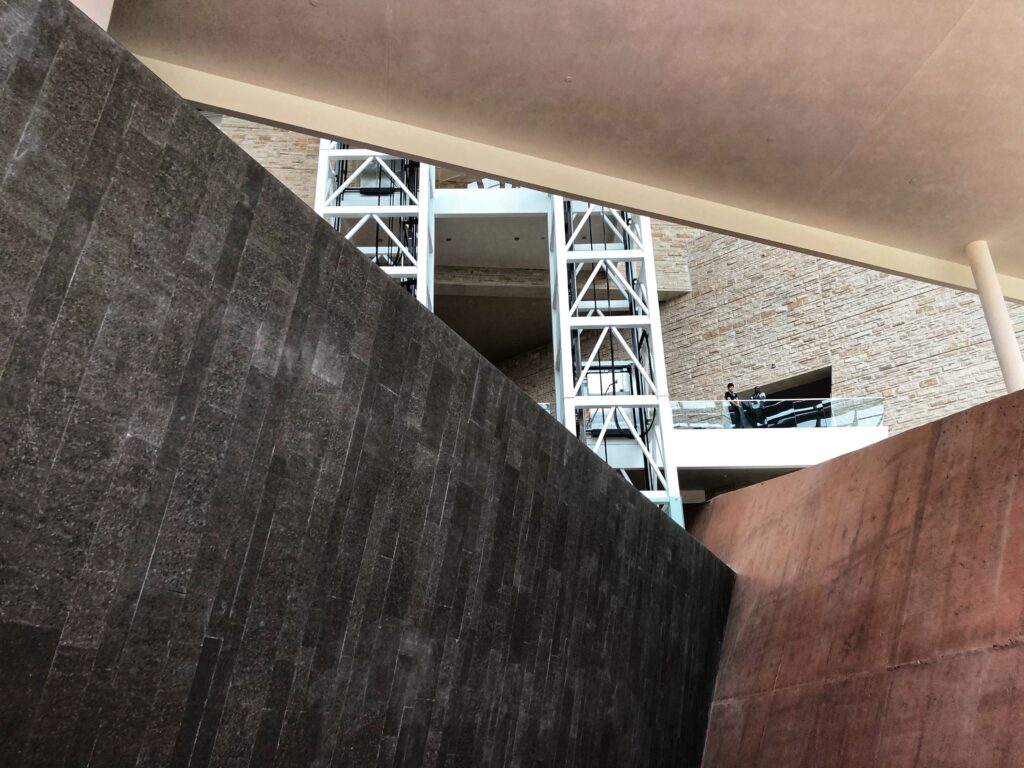
Human Rights
The Canadian Museum for Human Rights defines human rights as “All Human Beings are born free and equal on dignity and righteousness.”
A sign is located on two areas of the museum with this definition.
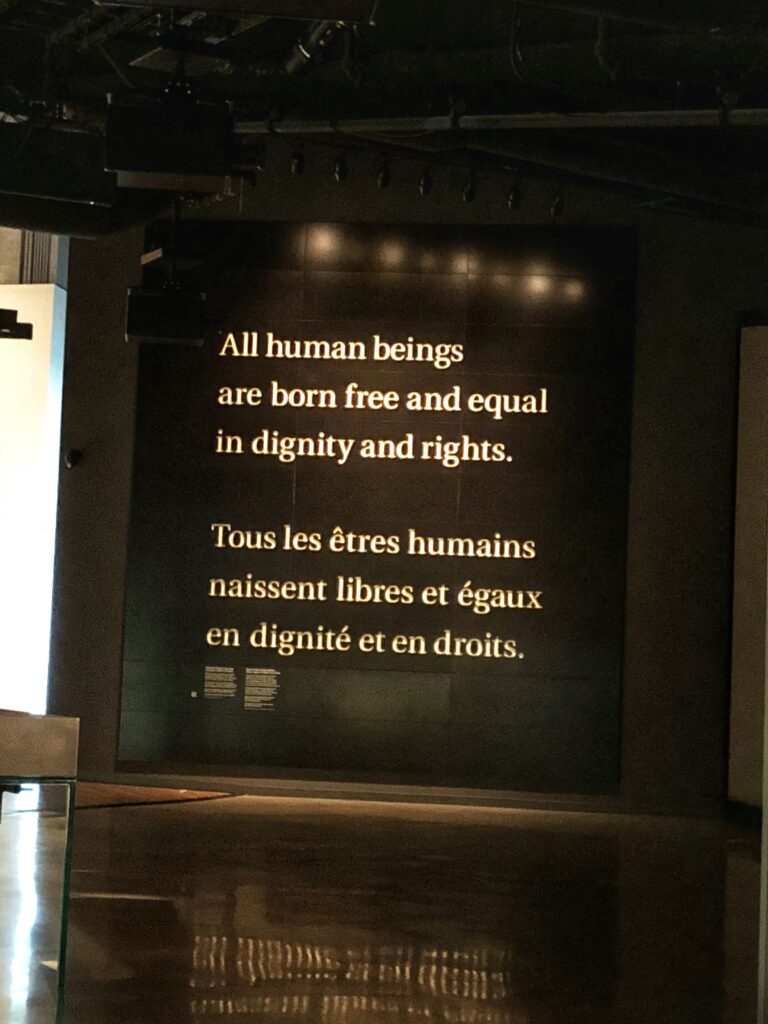
You may have a different definition of it and the importance is that everyone is created equal.
The first exhibit in the museum is a milestone wall which shows events relating to human rights or lack of human rights.
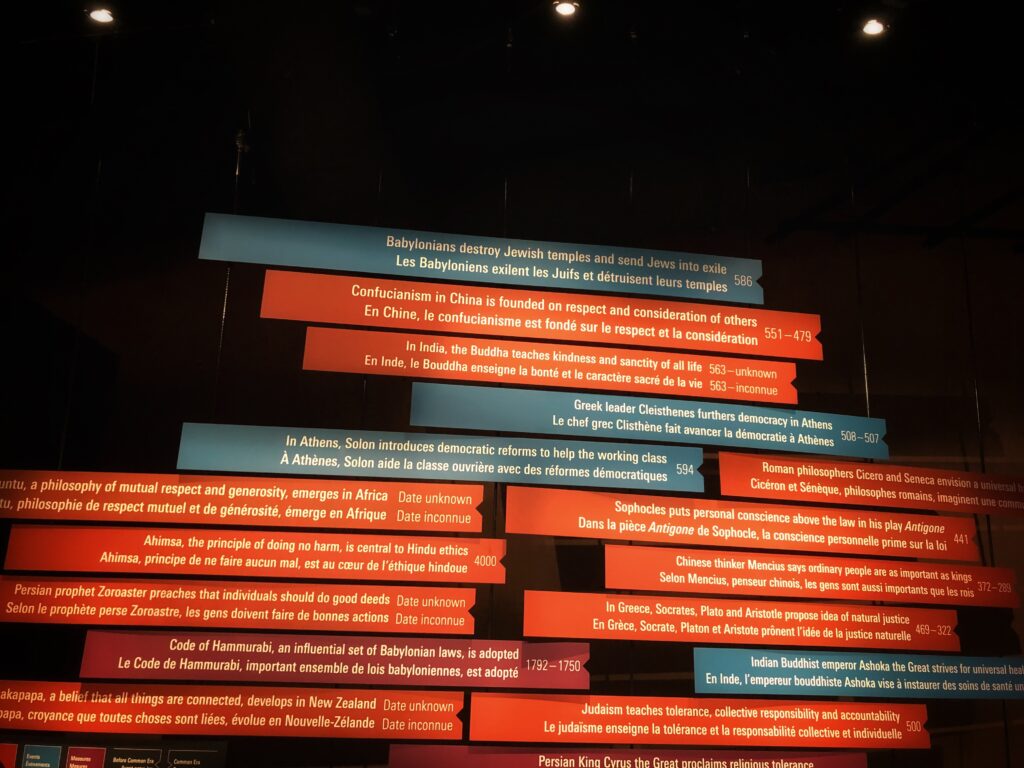
The room also has stories about Canadians who went out in the world to help the welfare of others including a doctor who saved many people in Africa who were previously oppressed.
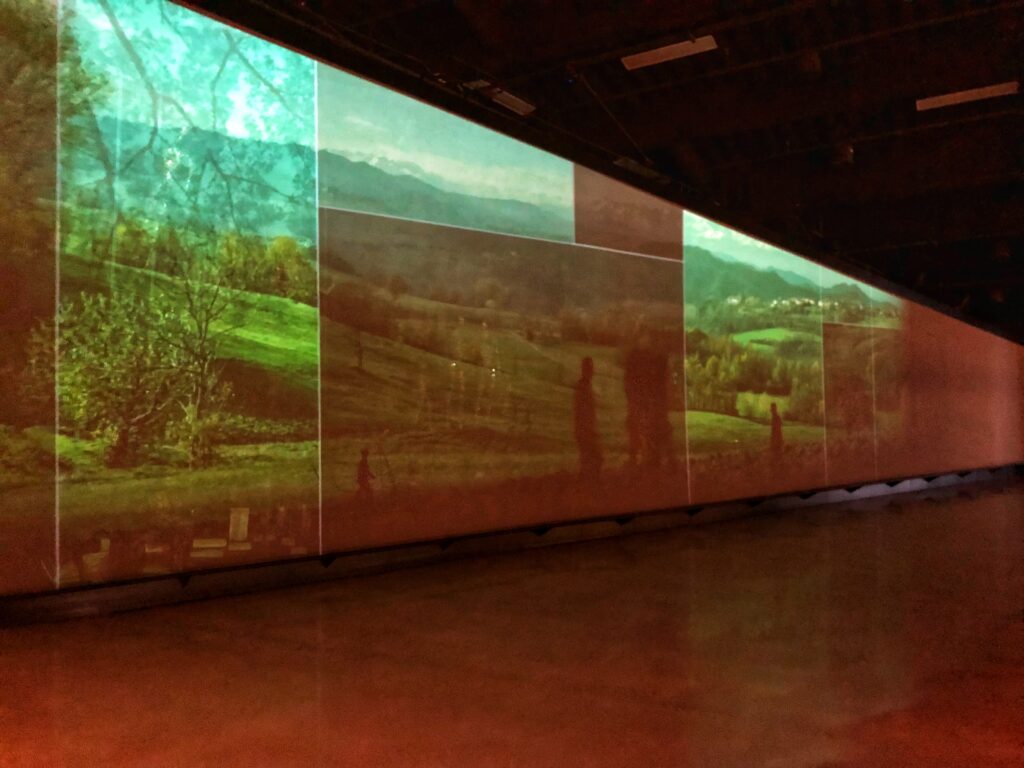
The next section was based on tribal human rights and it has an exhibit with signs from the various Native Tribes in Canada drawing out in pictures what human rights means to them.
A video wall was setup to show stories from the Tribes on what human rights means to them.
In addition, the wall around the video room was made to appear unfinished to symbolize the fact that many Tribes do not have the same rights as other citizens of Canada and that that needs to change.
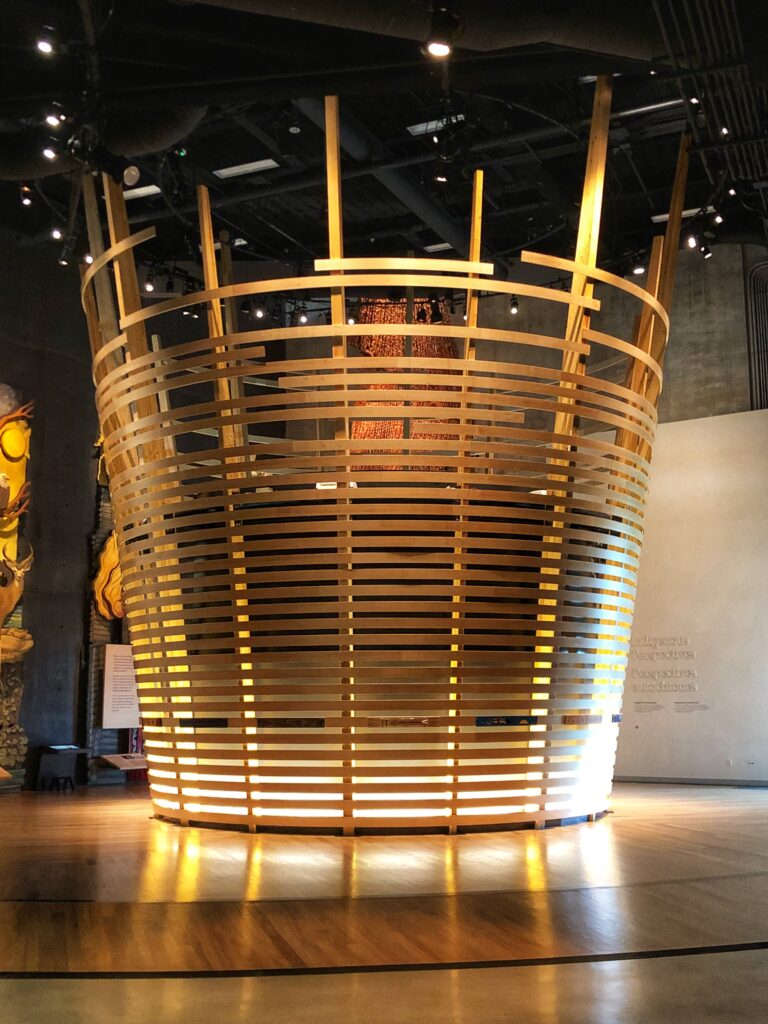
An artwork spans the entire building with 14,000 to 16,000 clay bags that individuals placed their fingerprints on and then they were woven together into a dress like wall.
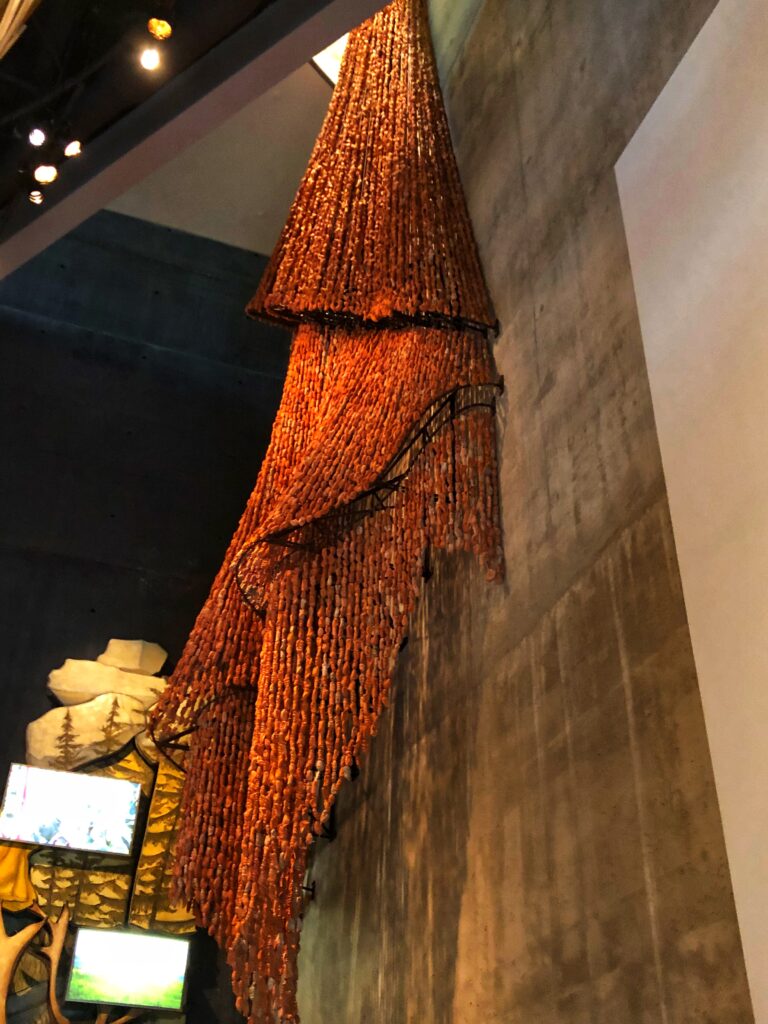
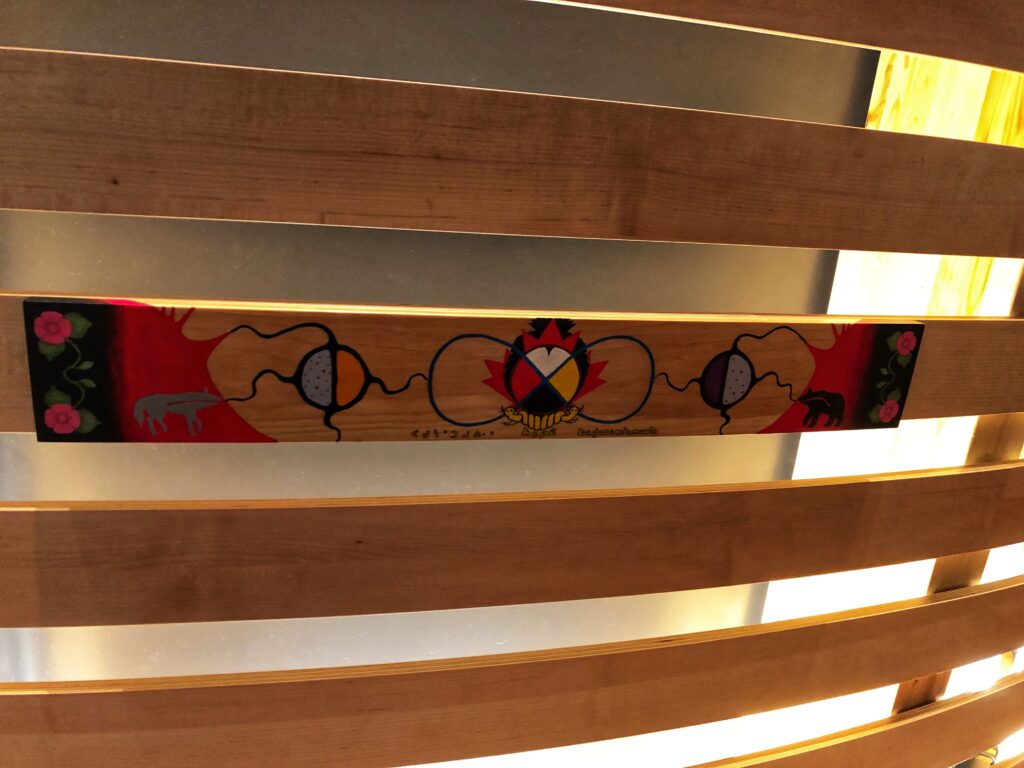

Hall of Hope
The next area of the Canadian Museum for Human Rights is a Hall of Hope which highlights 19 individual stories about human rights that impacts Canada and the world.
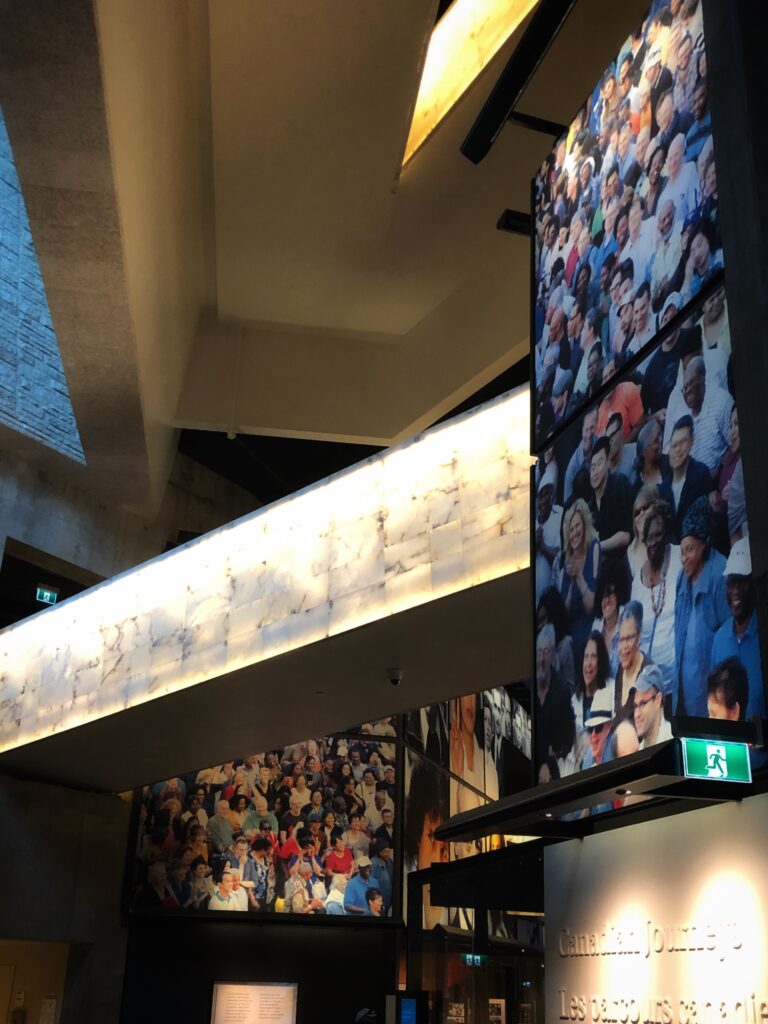
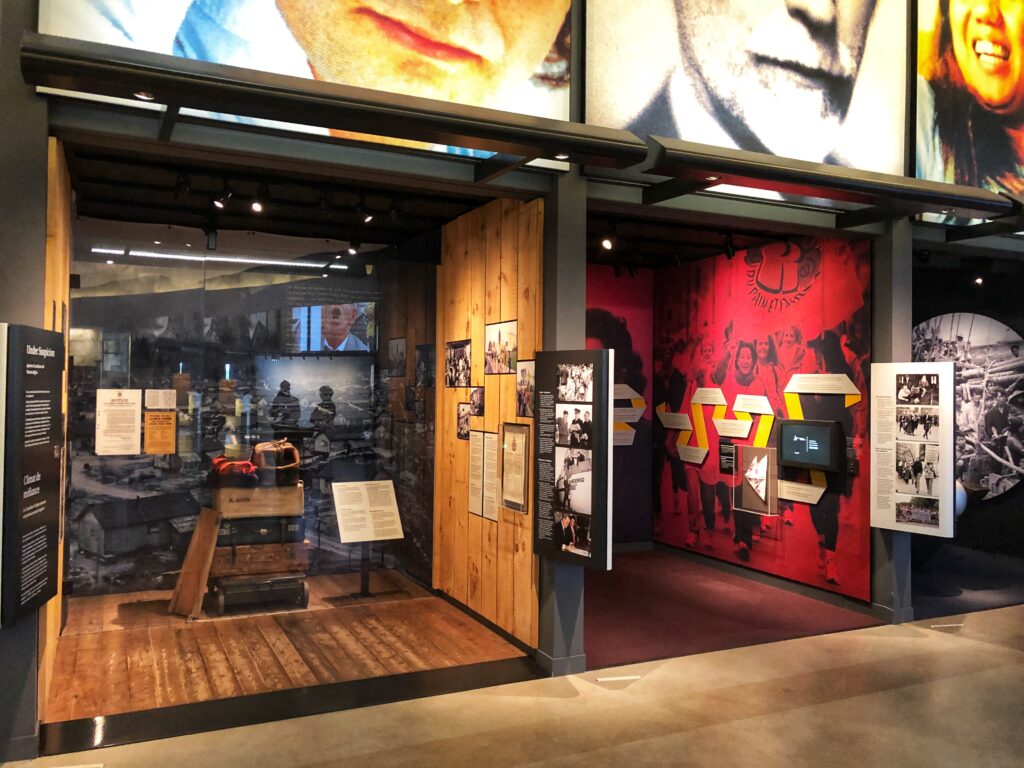
One of the stories was a collection of red dresses, which symbolize women and children that were murdered based on the color of their skin.
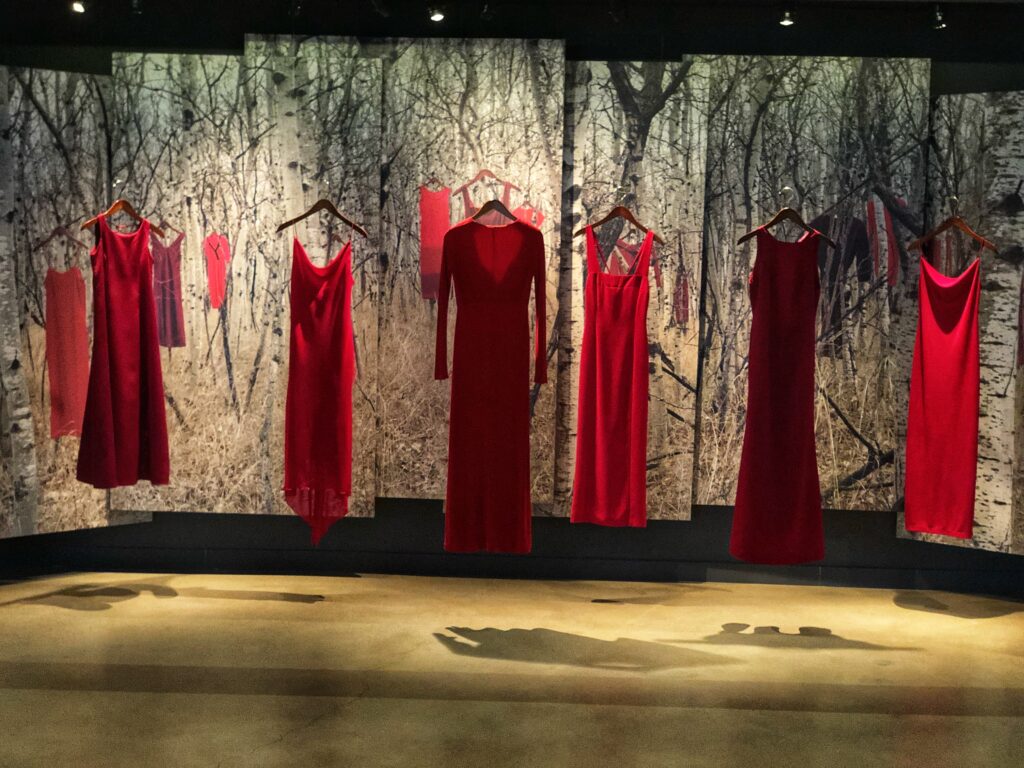
Another story covered a business woman who drove across Canada and went to a movie theater where she was told she could not sit on the lower level. When she refused to move, she was arrested, and her business ended up being taken away all because of racism.

Years after she passed away, she was finally pardoned for the crime that she never committed, and she will be the face of the next Canadian $10 bill.
The room included stories about many other individual’s stories.
In between the floors there were ramps that were lit up providing a light of hope between the levels.

Legal Rights Floor
The legal rights floor focused on the legal system of Canada.
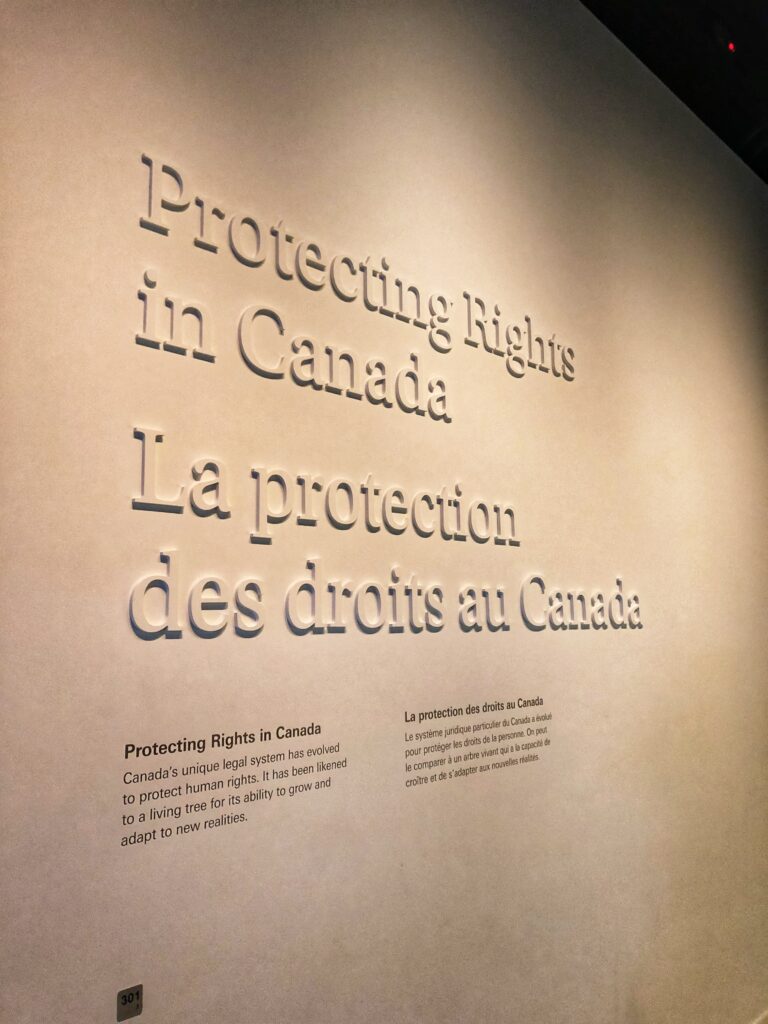
The Canadian Legal system has ties to French laws, British laws as well as Native treaties and laws.
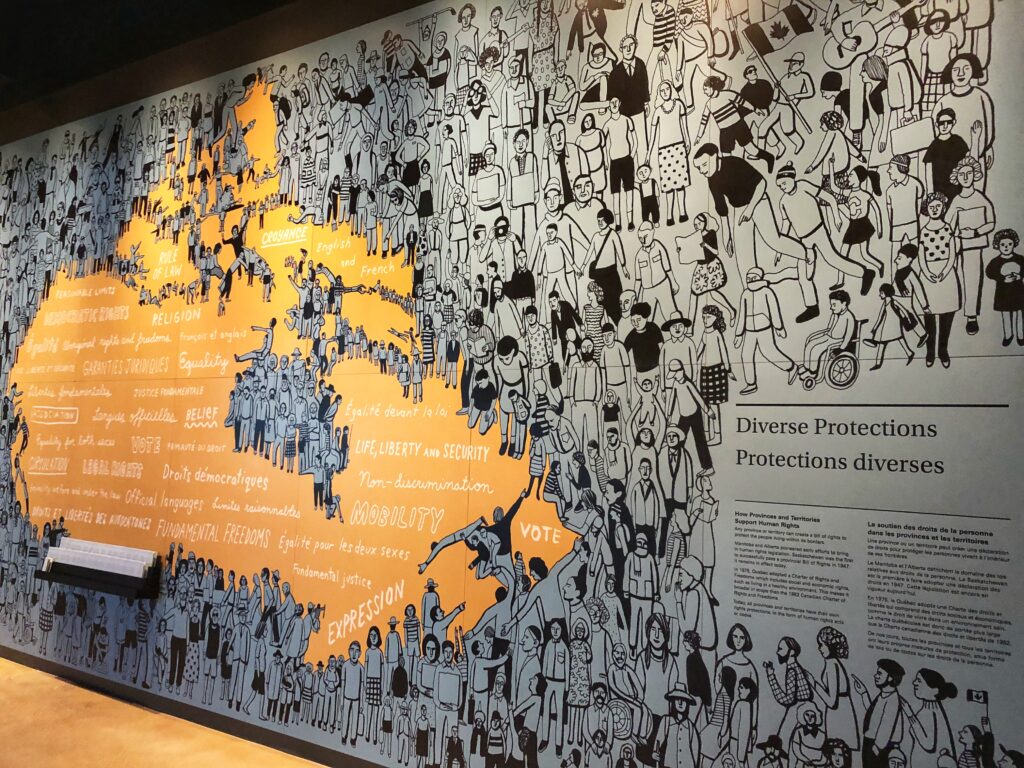
The current system is a blend of all three.
The room also features the Canadian Bill of Rights which grants rights to everyone and was help created by a Canadian man.
The display also noted that although countries adopt the bill of rights, not everyone is yet treated equally so more work is required.
Garden for Reflection
A mid-level area with lots of natural light was a reflection garden.
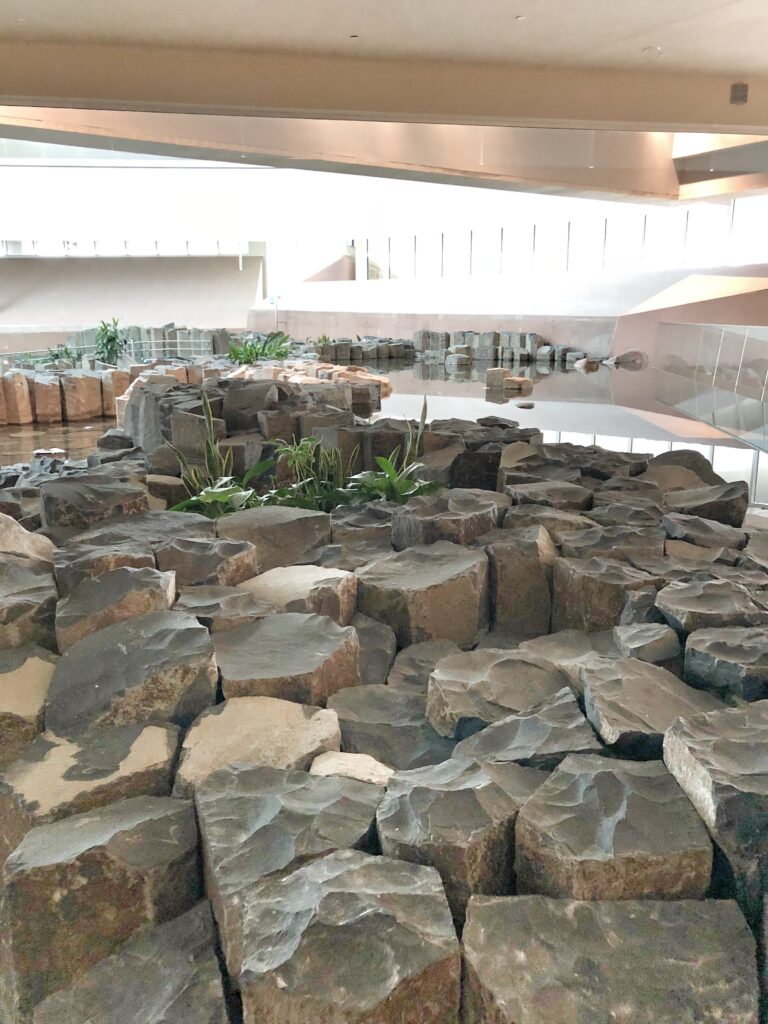
The garden is setup with rocks and water and other natural elements.
It is a place where guests can sit down and take time to reflect on human rights.
International Level
The next part of the Canadian Museum for Human Rights is an international level which focuses on international rights.

The main focus of the room was on the Holocaust, but it was broken into various sections including the abuse of control by government, persecution and war and genocide.

We must learn from the awful history as to never allow it to repeat again.
Breaking the Silence
A breaking the silence exhibit focused on events in world history where human rights were violated and that we much know about them, so we cannot allow them to happen again.
One story included a Soviet era issue where a community was killed due to food controls by the government.
The government required all the people living in the area to be farmers but made them turn over all of their farm products which left them in famine.
A statue of a girl holding five grains was placed in the room.
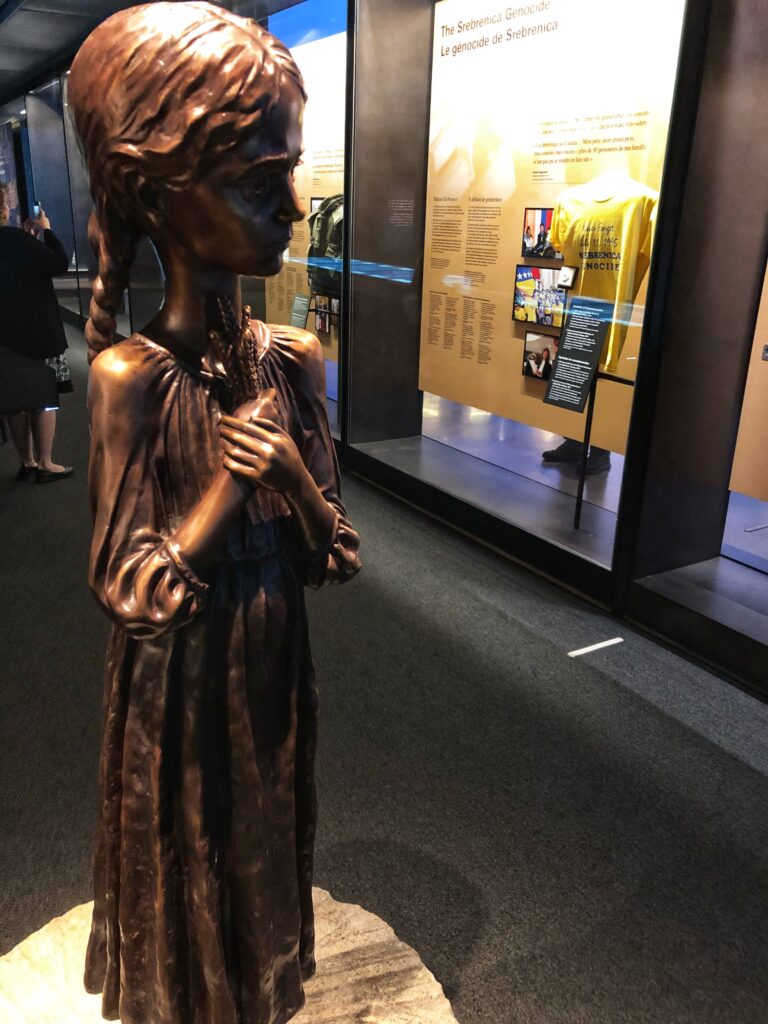
Anyone caught in the country with five grains would be murdered on the spot or placed in prison for over 30 years.
Five stalks of grain is not enough to be one piece of bread; however, people were being murdered for it.
Actions Count
The next room focused on Actions Count which highlighted stories about individuals who made a difference in the world.
One of the stories was about two high school students who saw that a boy was being bullied for wearing a pink shirt.
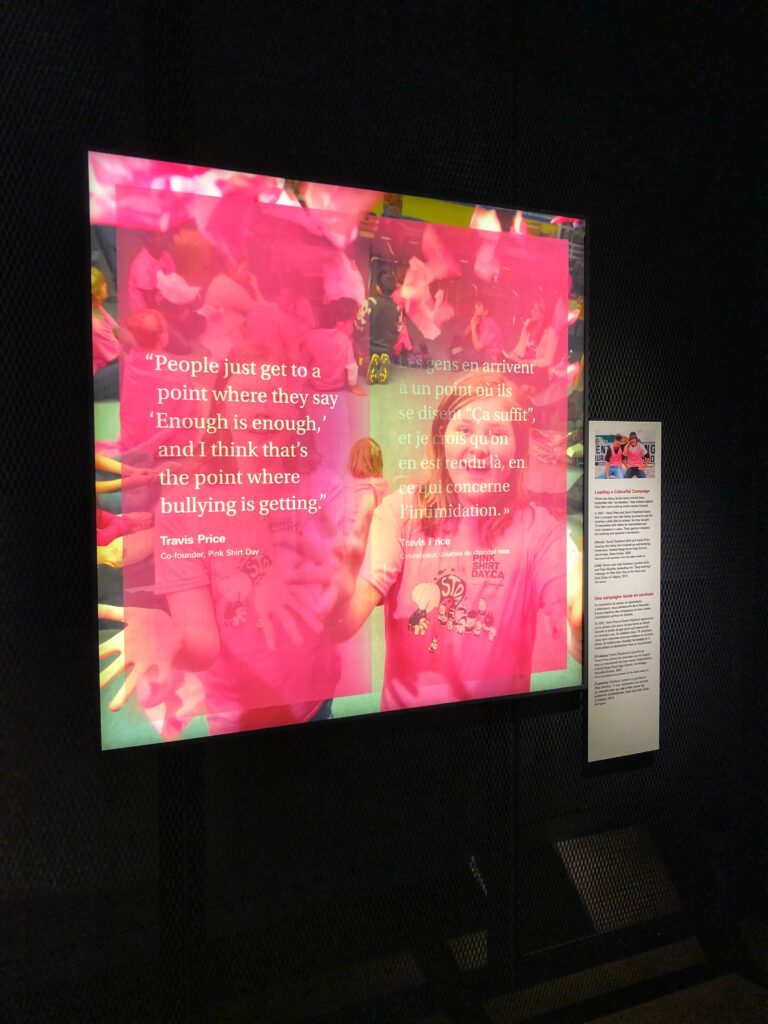
The seniors decided to do something about it and they organized over 800 of the 1,000 students at the school to wear pink shirts the next day, which started a worldwide movement.
Another area had a wall that displayed common items that we use every day which negatively impacts some group.

For example, coffee beans were on the display, where we drink coffee every day, but many farmers are being treated poorly for harvesting the coffee beans.
Fair Trade Coffee was created to combat this.
Other common things such as a cell phone and water bottles were shown on the display.
The intent is that we think about the things we do and use every day to understand how they might impact others throughout the world.
A final display included a life jacket hut that a boy made to symbolize life jackets can do more than protect people in the water.
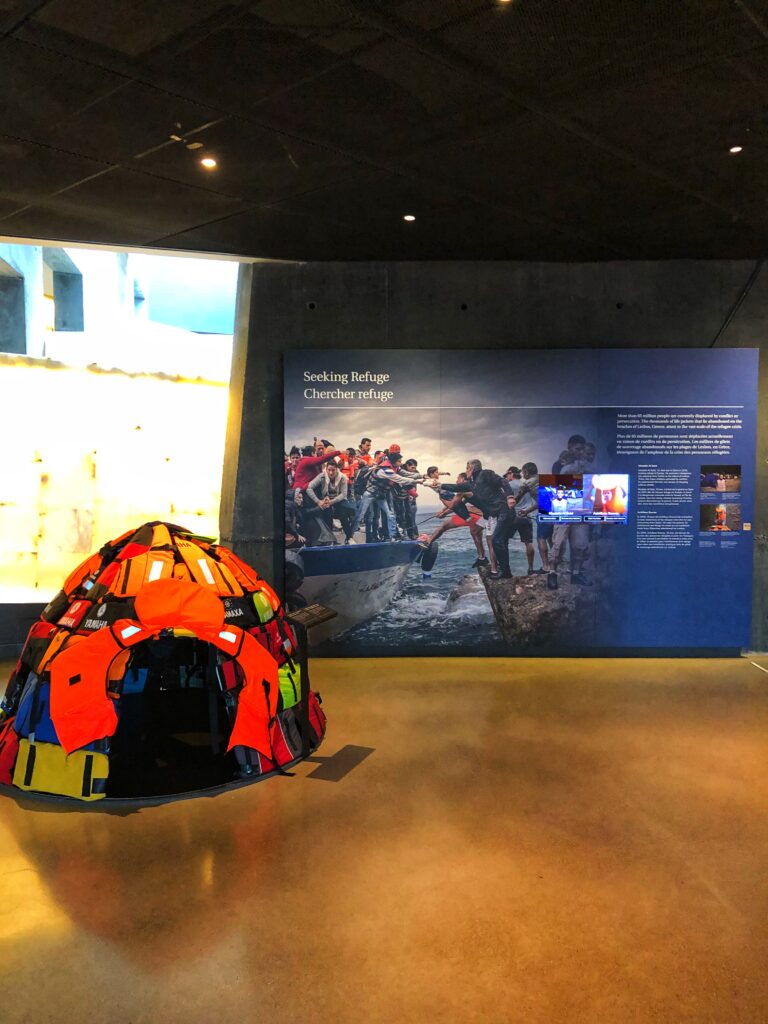
Observation Level
The top level of the museum is an observation deck that offers awesome views of Winnipeg.

We spent a few minutes looking around and taking in the city from up high.
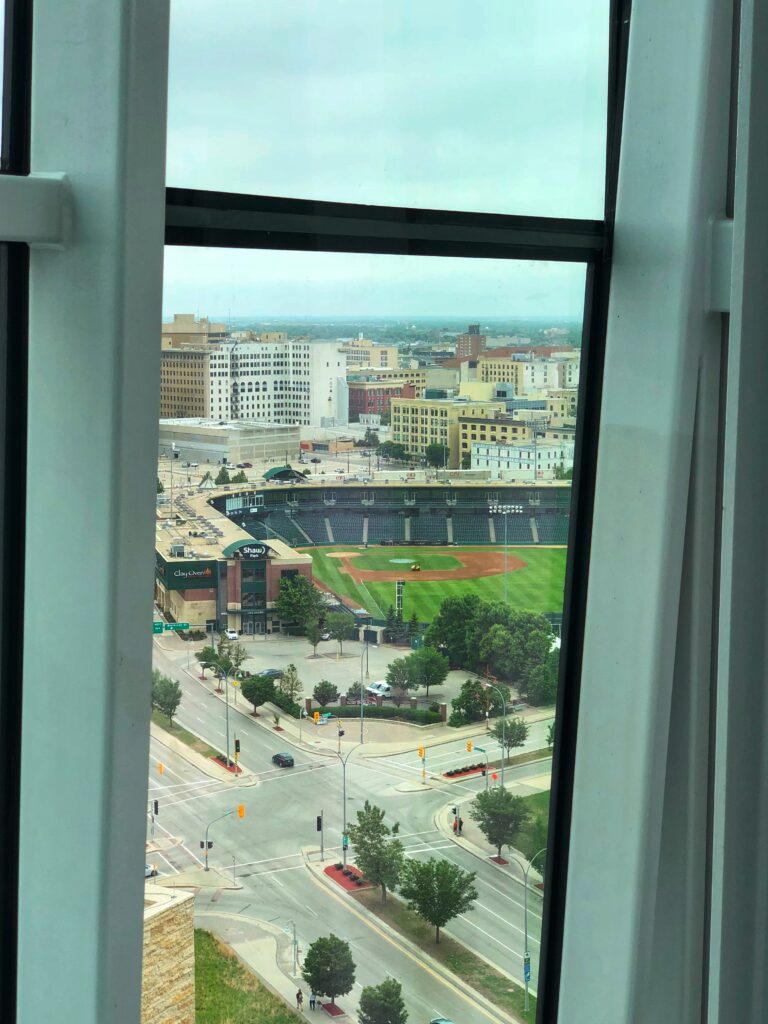

Mandela Exhibit
The Canadian Museum for Human Rights has an exhibit that opened in June 2018 which focuses on Nelson Mandela’s life and the struggles faced during the apartheid.
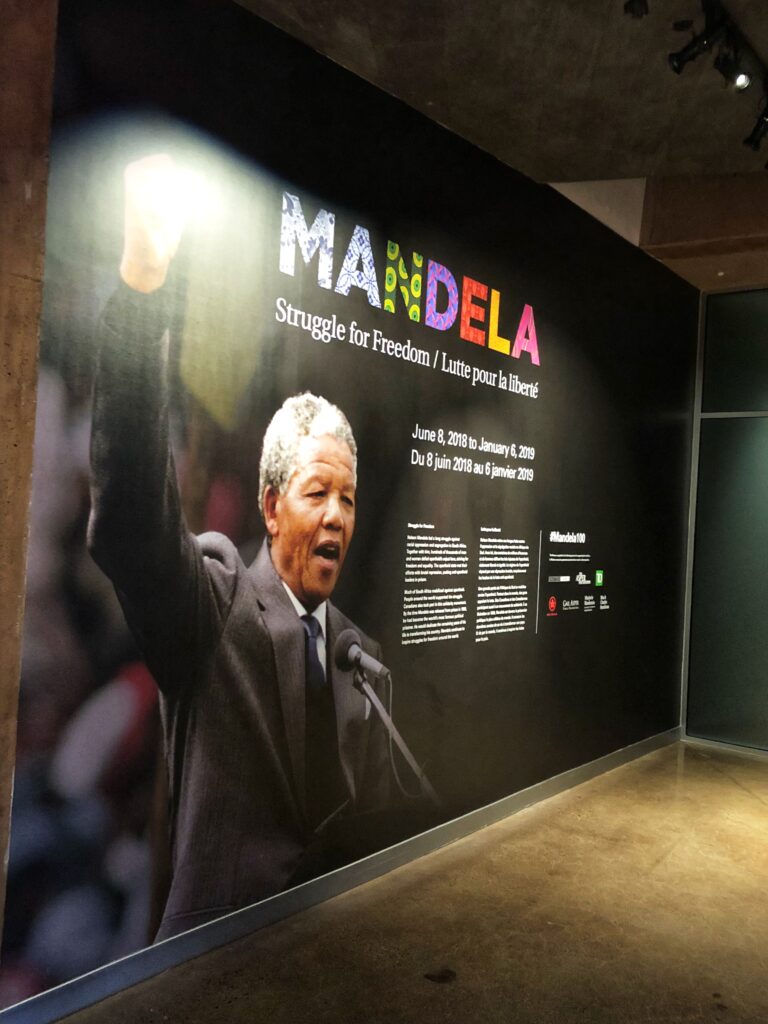
The exhibit was powerful, and it had many images and sounds and video which depicted the terrible times in South Africa during the apartheid.
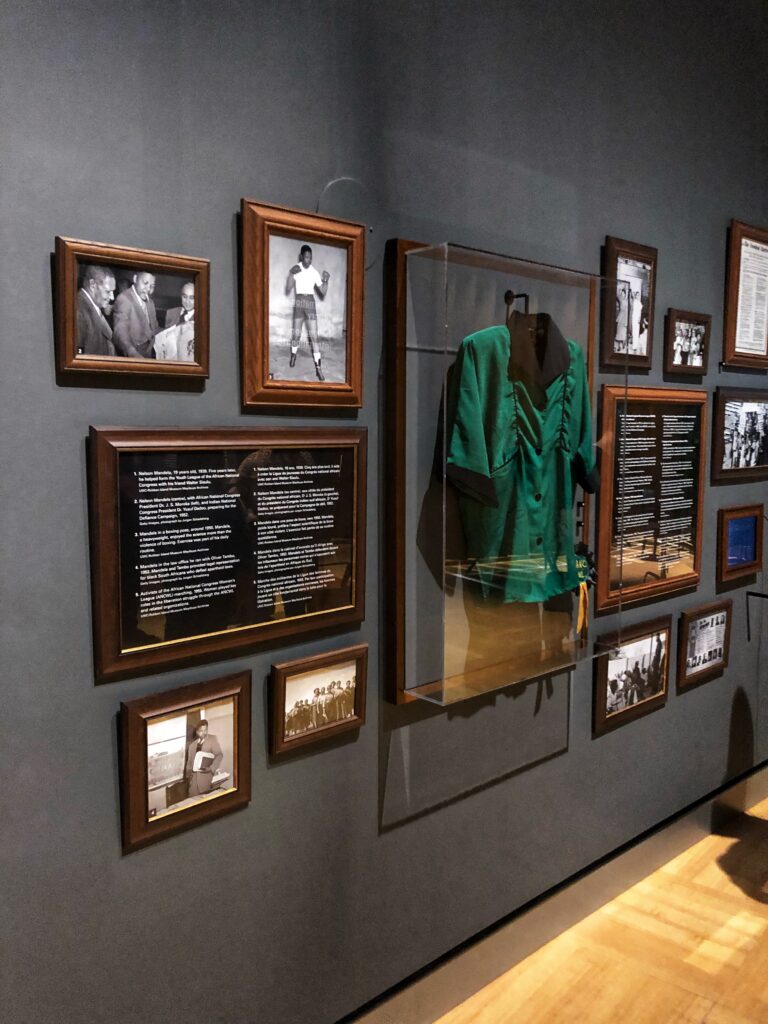

A lot of emotions could be felt within the room.
The room includes an area that showed off how small the cell Nelson Mandela was in for years as well as a symbol of a tank against men and women holding trashcan lids.

It was a shocking display.
Fortunately, the apartheid is over and there were stories of hope at the end.
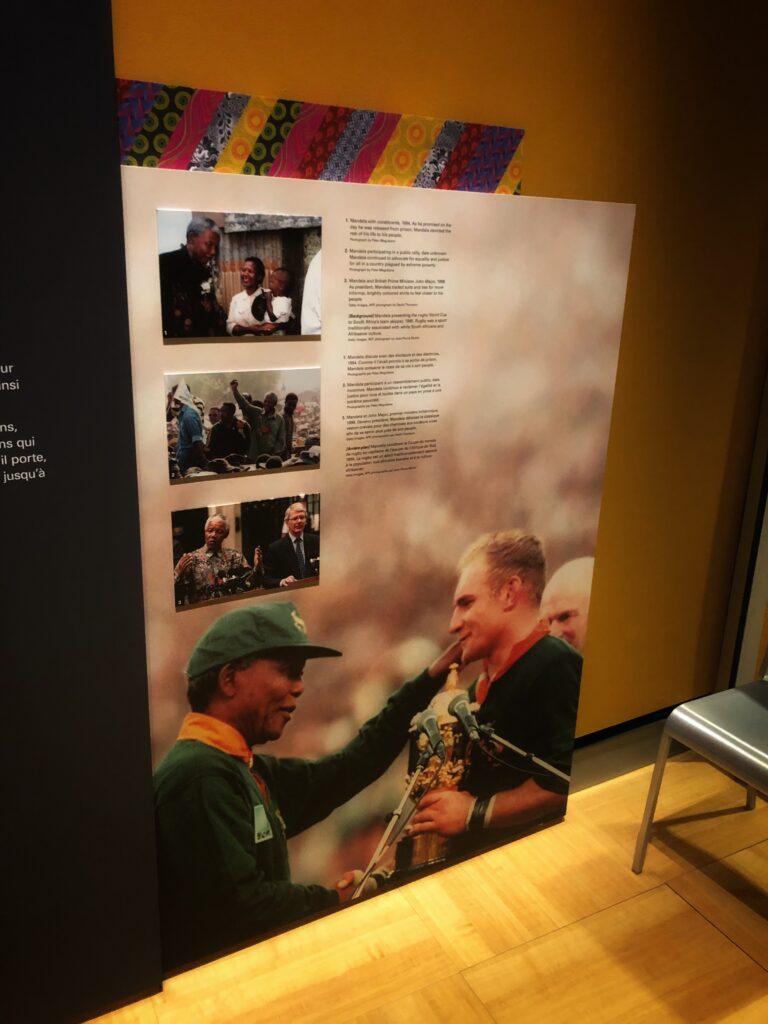
Hopefully we can use the experiences and struggles shown in the display to make the world a better place.
Overall
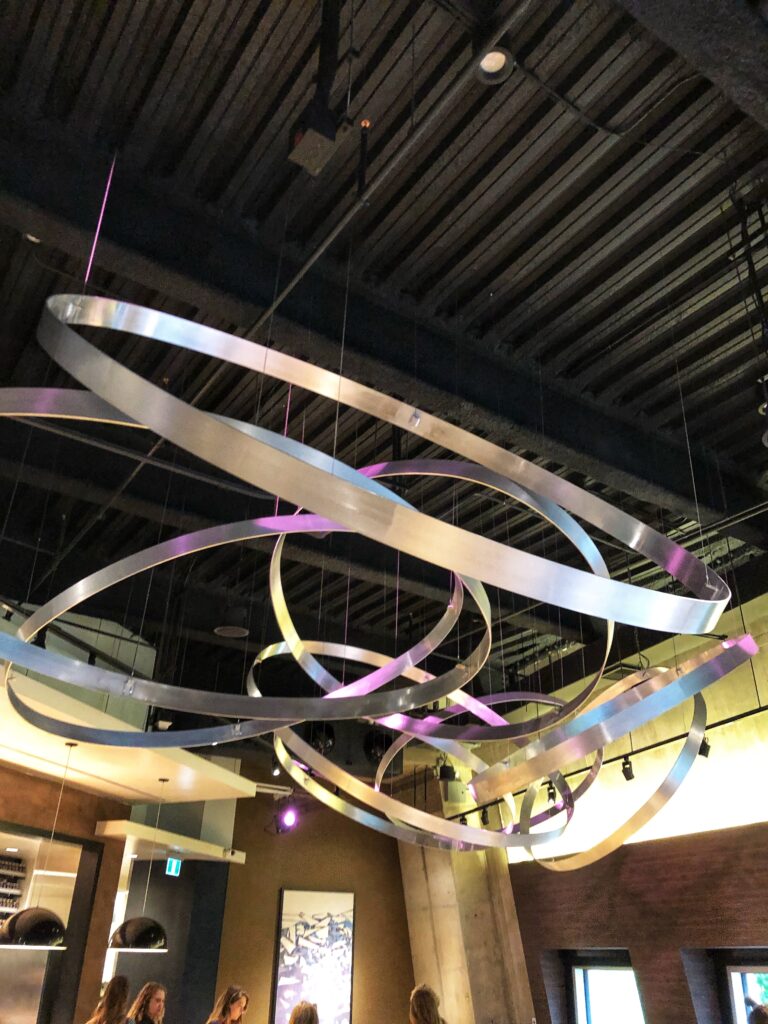
The Canadian Museum for Human Rights was a powerful museum that demonstrates the need for working hard to ensure everyone’s rights are honored. It is sad to look back at history and to see how so many groups did not have rights and that there were major struggles they had to overcome as well as continue to overcome. I departed the museum a bit speechless. It was a powerful reminder that each day I can choose to help others or let things stay the same. I pray that I can help others each and every day.
